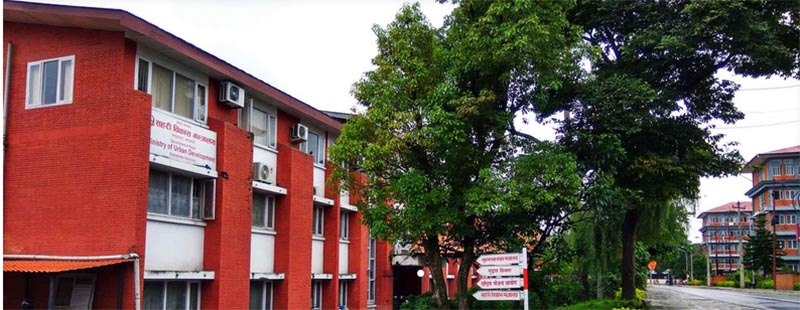Government updates National Building Code
KATHMANDU, AUGUST 12
The Government of Nepal has updated the National Building Code by incorporating it into all structural designs that are necessary to make buildings, both small and large, earthquake-resistant in the country.
With the recent approval of the Council of Ministers, the ‘NBC 105:1994’ has been replaced by the updated ‘NBC 105:2020’. The Ministry of Urban Development said the NBC was updated to construct safe and earthquake-resistant buildings, taking into account the damage caused by the 2015 earthquake and disasters recorded over a period of past 25 years across the world. In some cases, the authorities had been depending on the National Building Code of India to make buildings earthquake-resistant due to the lack of updated NBC of the country, for more than two decades. Joint Secretary Nawaraj Pyakurel, chief of Building, Housing and Planning Division at MoUD, said Nepal should no longer rely on the Indian NBC now.
“The updated NBC provides guidelines to prepare engineering design of all types of buildings to make them earthquake-resistant through the use of various construction materials,” he said.
Bipin Kumar Gautam, a structural engineer at the National Reconstruction Authority said the updated NBC incorporated separate indicators for design and drawing of buildings on the basis of seismic hazard assessment in conformance with geographic location. “It helps us make a house earthquake-resistant by using any sort of technology and construction material,” he said. Structural Engineer Premnath Maskey said the updated NBC would address the present needs for infrastructure resilience as it included all provisions, standards and procedures with regard to earthquake-resilient buildings. NRA Chief Executive Officer Sushil Gyawali said the updated version of the NBC would help the government realise the vision of ‘Safe Nepal’.
The updated NBC is completely based on seismic hazards analysis of Nepal. Extensive interaction and workshops were held with the concerned stakeholders, organisations, agencies, universities and colleges.
A version of this article appears in e-paper on August 13, 2020, of The Himalayan Times.






